Redwing
Turdus iliacus (Linnaeus, 1766)
RE
 REDWI
REDWI  12010
12010

Family: Passeriformes > Turdidae
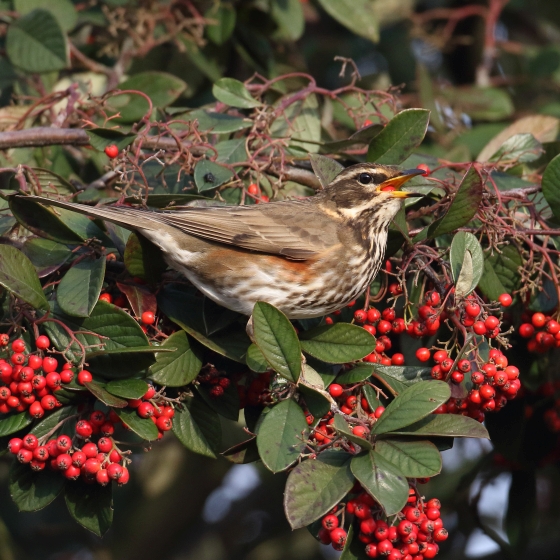
One of the ‘winter thrushes’, the Song Thrush-like Redwings begin arriving in Britain & Ireland during the latter half of September, before leaving again by mid April.
It is estimated that around 700,000 Redwings winter in the UK, although numbers can fluctuate sharply between years. Redwings come in search of berries, and, when crops fail in northern and eastern Europe, large numbers cross the North Sea. A small number of Redwings also breed in the UK, but only in the far north of Scotland.
During the early winter the Redwing is very much a bird of open country but during freezing conditions Redwings can often be seen in parks and gardens. With birds arriving from both Iceland and Fennoscandia, Redwings can be found across Britain & Ireland during the winter months.
Identification
Redwing identification is often straightforward. The following article may help when identifying Redwing.
Identifying Redwing and Fieldfare
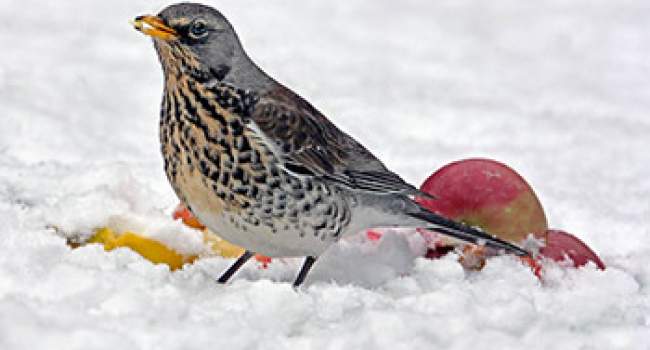
These two winter thrushes are easily told from each other. However, Redwing can be confused with Song Thrush, whilst Fieldfare is similar in size and appearance to Mistle Thrush. In this, the latest identification video from the BTO, we offer tips on how to confidently separate these engaging thrushes.
SONGS AND CALLS
Listen to example recordings of the main vocalisations of Redwing, provided by xeno-canto contributors.
Flight call
Call
Song
Develop your bird ID skills with our training courses
Our interactive online courses are a great way to develop your bird identification skills, whether you're new to the hobby or a competent birder looking to hone your abilities.
Browse training coursesStatus and Trends
Population size and trends and patterns of distribution based on BTO surveys and atlases with data collected by BTO volunteers.
CONSERVATION STATUS
This species can be found on the following statutory and conservation listings and schedules.
POPULATION CHANGE
Most Redwing seen in the UK are present for the winter only and return to Scandinavia and Iceland to breed. However, small numbers of Redwing do breed in the UK, with the vast majority of breeding records occurring in Scotland. The breeding population has been stable over the 25 years to 2019,with a mean of 27 pairs/singing males reported to the RBBP over the five-year period 2015–2019 (Eaton et al. 2021). However, there has been a range contraction of 32% in the number of occupied 10-km squares between 1968–72 and 2008–11 (Balmer et al. 2013).
DISTRIBUTION
Redwings are common autumn migrants and winter visitors, found in 92% of 10-km squares during winter. The higher Scottish uplands are among the few areas with no Redwings in winter although many occupied upland areas support very low densities in winter. Highest densities occur in western lowlands, in particular throughout Ireland and in southwest Wales, southwest England and the West Midlands. Redwings are very rare breeders, with probable and confirmed breeding records restricted to northern Scotland, in particular Inverness-shire, Ross-shire, Sutherland and Shetland. The picture is clouded by many late departing winter visitors, many of which sing prioer to departure.
Occupied 10-km squares in UK
| No. occupied in breeding season | 75 |
| % occupied in breeding season | 2.5 |
| No. occupied in winter | 2760 |
| % occupied in winter | 91 |
European Distribution Map
DISTRIBUTION CHANGE
Change in occupied 10-km squares in the UK
| % change in range in breeding season (1968–72 to 2008–11) | -32.4% |
| % change in range in winter (1981–84 to 2007–11) | +4.4% |
SEASONALITY
Redwing is largely a winter visitor, arriving from Icelandic and continental breeding grounds in October and remaining into late winter and early spring. The tiny breeding population is rarely encountered on complete lists and does not appear here.

Movement
Information about movement and migration based on online bird portals (e.g. BirdTrack), Ringing schemes and tracking studies.
An overview of year-round movements for the whole of Europe can be seen on the EuroBirdPortal viewer.
RINGING RECOVERIES
View a summary of recoveries in the Online Ringing Report.
Foreign locations of birds ringed or recovered in Britain & Ireland

Biology
Lifecycle and body size information about Redwing, including statistics on nesting, eggs and lifespan based on BTO ringing and nest recording data.
SURVIVAL & LONGEVITY
View number ringed each year in the Online Ringing Report
Maximum Age from Ringing 
|
11 years 10 months 7 days (set in 1988) 
|
Typical Lifespan 
|
2 years with breeding typically at 1 year |
Adult Survival 
|
0.43  
|
BIOMETRICS
Wing Length 
|
Adults | 119.5±3.4 | Range 114–125mm, N=9961 |
| Juveniles | 119±3.2 | Range 114-125mm, N=10338 | |
| Males | 122.3±2 | Range 119–125mm, N=75 | |
| Females | 115±2.2 | Range 112–120mm, N=31 |
Body Weight 
|
Adults | 65.7±8.16 | Range 54.0–81.0g, N=8150 |
| Juveniles | 63.8±8.1809 | Range 51.0–78.0g, N=8404 | |
| Males | 66.6±7.79 | Range 55.0–84.0g, N=52 | |
| Females | 62.1±7.05 | Range 50.0–70.0g, N=26 |
Feather measurements and photos on featherbase 
CODES & CLASSIFICATION
Ring size 
|
CC |
Field Codes 
|
2-letter: RE | 5-letter code: REDWI | Euring: 12010 |
For information in another language (where available) click on a linked name
Research
Interpretation and scientific publications about Redwing from BTO scientists.
CAUSES AND SOLUTIONS
Causes of change
The drivers of change in the numbers of breeding Redwing in the UK are not known.
PUBLICATIONS (1)
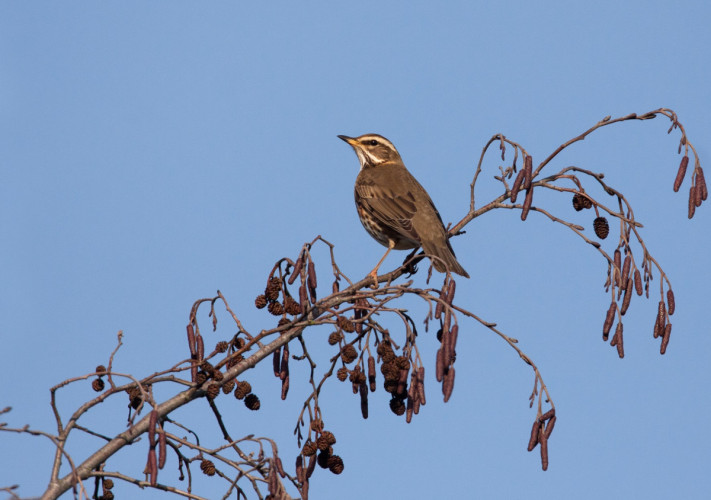
Nocturnal flight calling behaviour of thrushes in relation to artificial light at night
Nocturnal thrushes affected by artificial light
New research from BTO has investigated the effect of artificial light at night on birds, indicating that nocturnal migrants are attracted to more brightly lit areas.
Links to more information from ConservationEvidence.com
Would you like to search for another species?

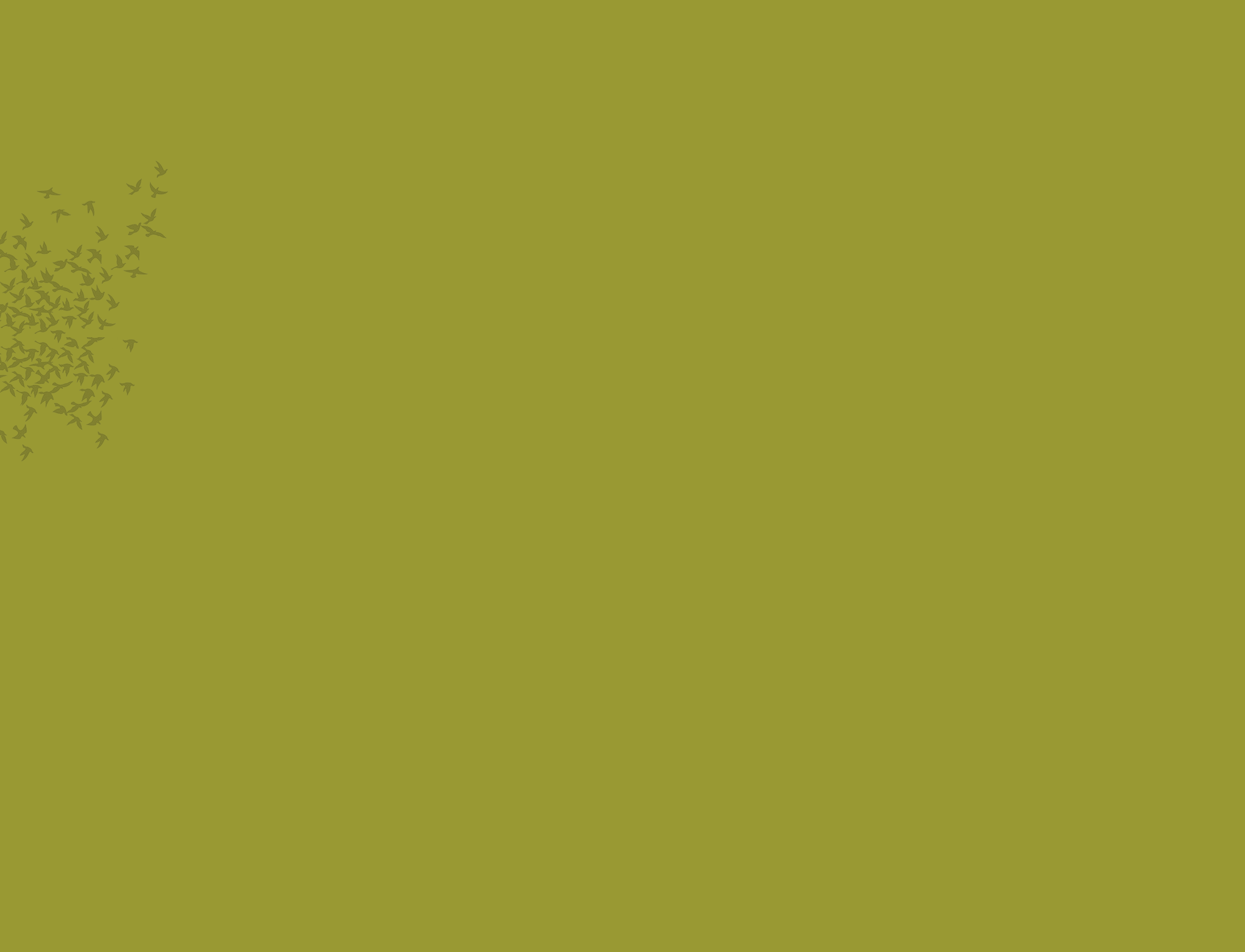





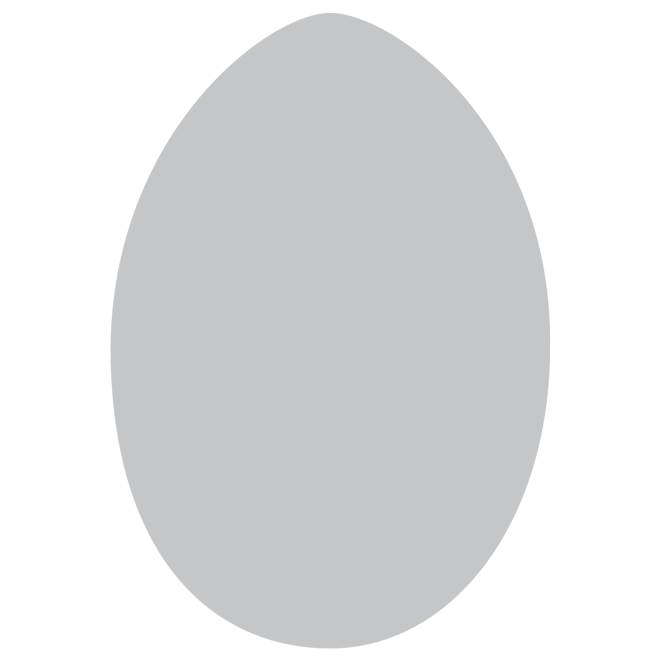


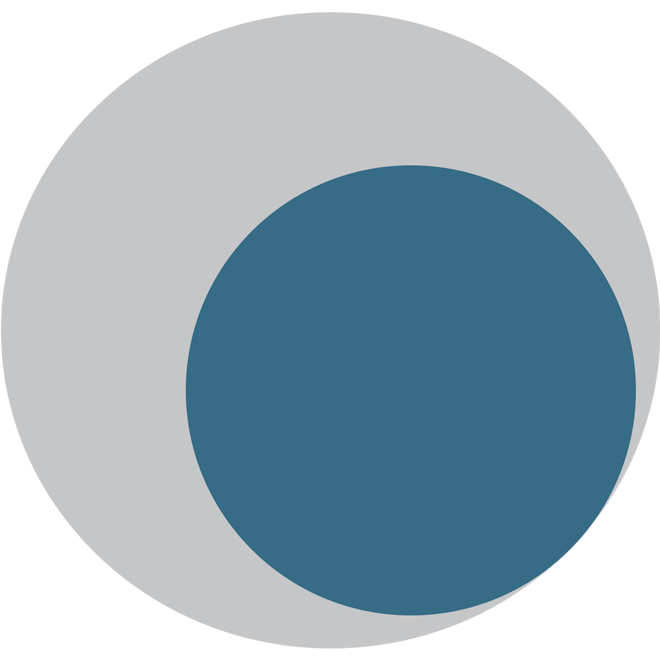


Share this page